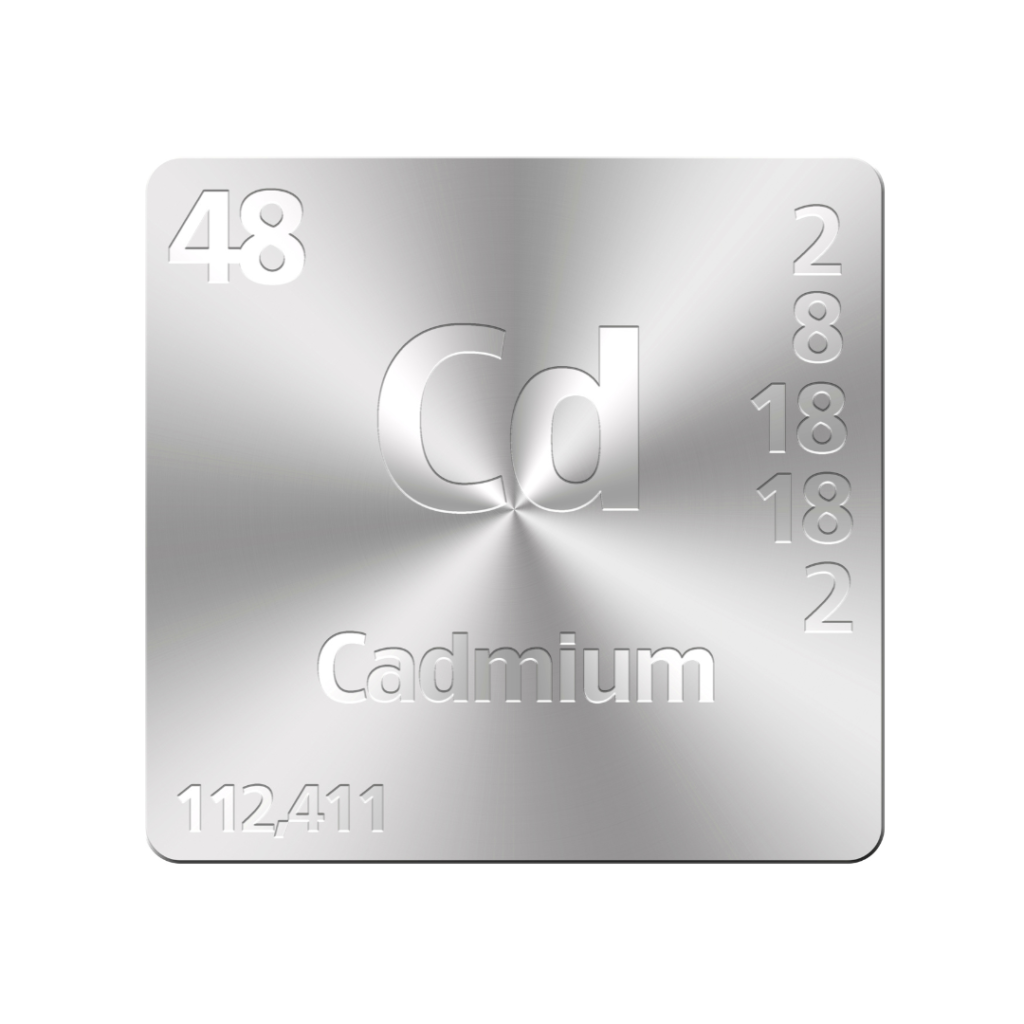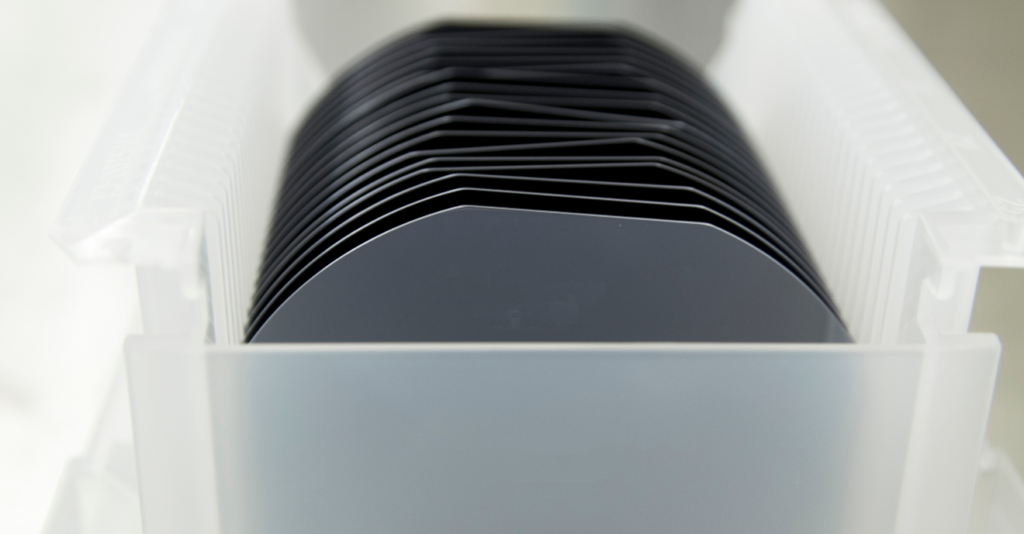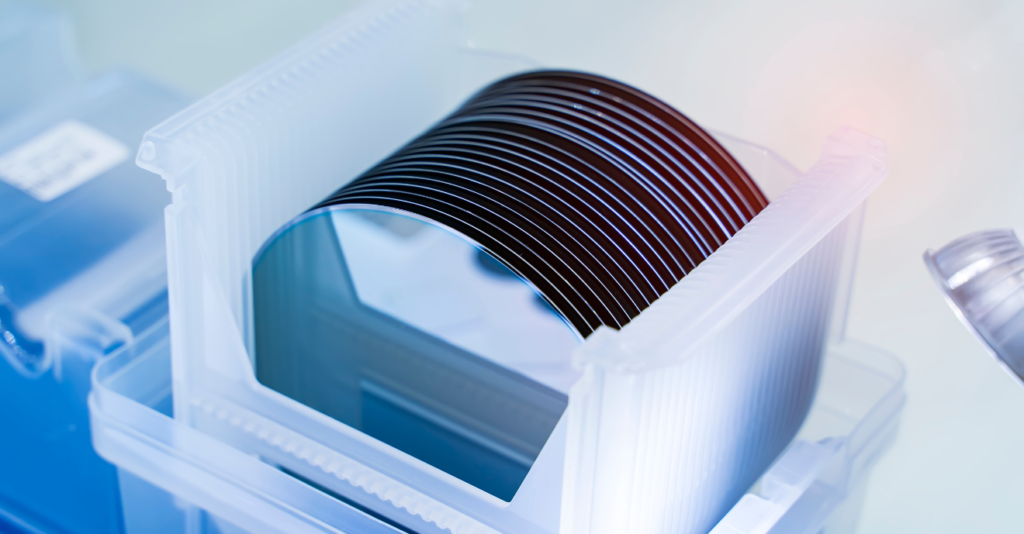
Cadmium (Cd) is a chemical element with the symbol Cd and atomic number 48. In MBE systems, cadmium can be used as a dopant, which means it is introduced in small amounts to a semiconductor material in order to alter its electrical properties. Cadmium is a p-type dopant, which means it introduces positive charge carriers (holes) into the material, making it more conductive. This is useful for creating p-type semiconductors, which are used in electronic devices for their ability to conduct electrical current. Cadmium can also be used as a material in the construction of the vacuum chamber and other components in MBE systems
The purity of the cadmium used in MBE systems is typically very high, often 99.999% or higher. This is because impurities in the cadmium can affect the electrical and material properties of the thin films being deposited. To achieve the highest level of purity, cadmium can be purified through a process called zone refining, in which the material is melted and recrystallized multiple times to remove impurities. The purity of the cadmium can also be verified using analytical techniques such as inductively coupled plasma mass spectrometry (ICP-MS) or energy dispersive x-ray spectroscopy (EDS).

There are several types of cadmium that can be used as a source in MBE systems, including:
- Cadmium metal: This is a solid form of cadmium that can be evaporated in an MBE system.
- Cadmium compounds: Cadmium can also be used in the form of compounds such as cadmium trichloride (CdCl2) or cadmium oxychloride (CdOCl2). These compounds can be evaporated in an MBE system to deposit cadmium onto the substrate.
- Cadmium oxide: Cadmium oxide (CdO) can be used as a source in MBE systems, either as a solid or as a vapor. It can be evaporated using a resistive heating source or a laser.
- Cadmium telluride: Cadmium telluride (CdTe) is a compound that is often used as a source in MBE systems for depositing thin films of tellurium. It can be evaporated using a resistive heating source or a laser.
- Cadmium selenide: Cadmium selenide (CdSe) is another compound that is often used as a source in MBE systems for depositing thin films of selenium. It can be evaporated using a resistive heating source or a laser.

